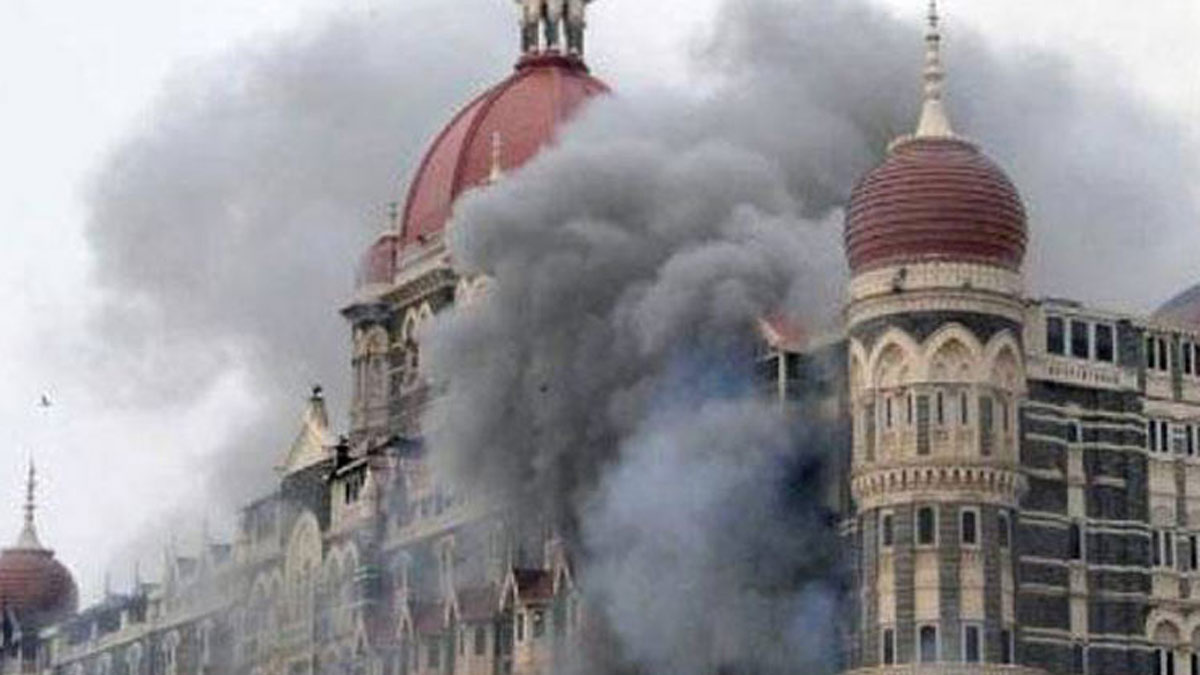 |
|
Fifteen years after the devastating 26/11 terrorist attacks in Mumbai, the city and nation continue to grapple with the lingering trauma. The article poignantly highlights the enduring pain and suffering experienced by those who lost loved ones. While the physical wounds may have healed, the emotional scars remain deeply etched, a constant reminder of the tragic events that unfolded on that fateful night. The refusal of many survivors to revisit the horrific memories underscores the profound and lasting impact of the attacks. Their reluctance to relive the pain serves as a testament to the emotional toll exacted by terrorism, demonstrating the insidious nature of its long-term consequences on individuals and communities.
The article also sheds light on the tireless efforts of individuals like retired senior police inspector Mahale, who played a crucial role in investigating the attacks. His book, 'Kasab Aani Mee,' provides a vivid account of his interactions with Ajmal Kasab, the key perpetrator. Mahale's account reveals not only the logistical challenges of the investigation but also the emotional burden of confronting a man responsible for the deaths of hundreds. The meticulous work involved in compiling an 11,350-page chargesheet in just 90 days highlights the dedication and perseverance of the investigating team. This meticulous process, involving over 2,000 witnesses and extensive travel, speaks to the determination to seek justice and bring the perpetrators to account. The detail regarding the effort required, including cost and personnel, highlights the scale of the investigation and the resources required to address such a major terrorist event.
Mahale's description of Kasab, revealing a blend of childlike insolence and concealed vulnerability, offers a glimpse into the complexities of the terrorist mind. The observation of Kasab's wet pants just before entering prison suggests a final breakdown, adding a layer of human complexity to the narrative. The contrast between Kasab's outward demeanor and his internal state offers a compelling insight into the psychological aspects of terrorism and the individuals who perpetrate such acts of violence. The account further emphasizes the human cost of terrorism, not only on the victims but also on those tasked with bringing perpetrators to justice.
The perspectives of Vaishali Ombale and Sevantilal Parekh, who both lost family members in the attacks, serve as powerful reminders of the enduring impact of such events. Their shared desire to avoid revisiting the tragedy reinforces the article's central theme of the persistent pain and the difficulty of moving on after such a devastating experience. The simple act of their request to avoid mentioning the tragedy underscores the immense weight of their loss and the ongoing challenge of coping with the trauma. Their stories humanize the statistics of the attacks, highlighting the individual stories of loss and grief that lie behind the larger numbers.
Sevantilal Parekh’s heartbreaking recollection of his son Sunil's final text message poignantly encapsulates the fragility of life and the suddenness of death. The seemingly simple message about buying a flat, a future now irrevocably lost, speaks volumes about the abrupt end to a life full of dreams and aspirations. The contrast between the mundane nature of the message and the tragic circumstances surrounding it adds to its emotional impact, highlighting the unexpected nature of the terrorist attacks and the devastation they cause. This juxtaposition serves as a powerful reminder of the arbitrary nature of violence and its devastating effect on families and communities.
Sarla Parekh’s perspective, attributing her son’s death to God's will, offers a contrasting view on coping with loss. This demonstrates the diverse ways in which individuals process trauma and find solace in their beliefs. Her interpretation, while rooted in faith, nonetheless reflects the immense struggle to understand and accept the senselessness of such events. The difference between Sarla and Sevantilal's coping mechanisms illustrates the varied ways people process grief and trauma, underlining the subjective nature of these responses. The diversity in coping mechanisms underscores the complexity of healing and the varied paths individuals take after experiencing such tragedy. The inclusion of this perspective enriches the narrative by showing the multifaceted ways that people come to terms with their loss and find peace following such a traumatic event.
In conclusion, the article powerfully illustrates the long-lasting effects of the 26/11 attacks on the individuals and community of Mumbai. It underscores the human cost of terrorism, not only in terms of immediate loss but also in the enduring trauma and emotional scars that persist years later. The article masterfully weaves together the investigative accounts with personal narratives, offering a comprehensive perspective on the lasting impacts of this pivotal moment in Indian history. The juxtaposition of the official investigation with the personal experiences of the survivors provides a balanced and insightful understanding of the event's ramifications. It’s a story of loss, resilience, and the enduring challenge of coping with the aftermath of a national tragedy.
Source: Mumbai's 26/11 wounds: Haunting memories that refuse to hide
